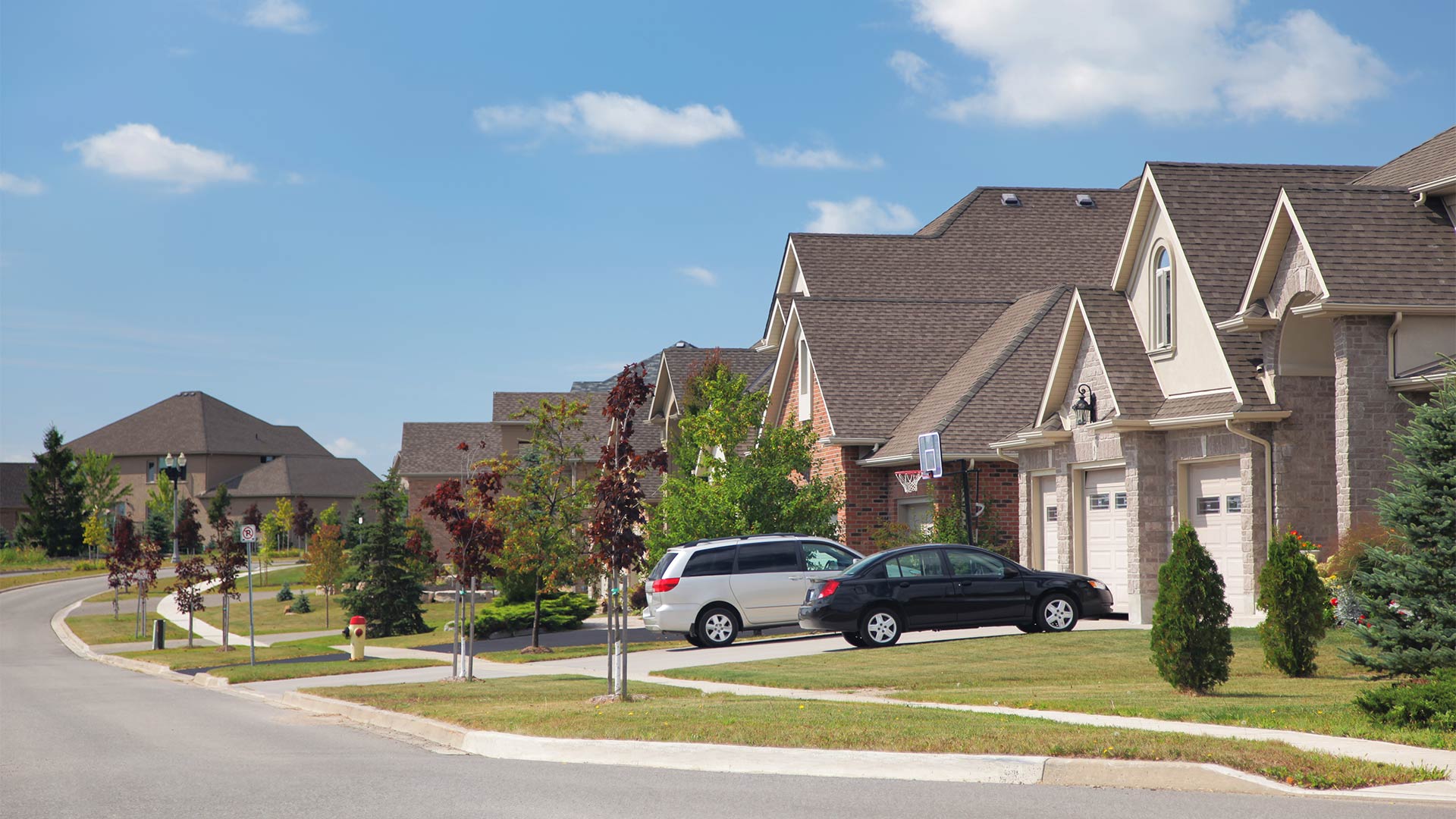
President Biden has a new plan to help homeowners avoid foreclosure
The national foreclosure moratorium is set to lift in just days, and mortgage forbearance options — which allow homeowners to hit pause on their payments due to hardship — are starting to expire as well.
Fortunately for borrowers still on hard times, the federal government is taking action.
According to a release from the White House, homeowners with federally-backed mortgages — meaning FHA, USDA, or VA loans — will be able to modify their home loans. This should reduce their monthly principal and interest payments by at least 20 to 25%.
Read on to learn more about how this mortgage relief option will work, and who qualifies for help.
How the new mortgage relief plan will work
“Homeowners with government-backed mortgages that have been negatively impacted by the pandemic will now receive enhanced assistance, especially if they are looking for work, re-training, having trouble catching up on back taxes and insurance, or are continuing to experience hardship for another reason,” the administration stated.
The exact loan modification options available will vary slightly by loan program. Here’s a quick breakdown of what they’ll look like for FHA, USDA, and VA borrowers.
FHA loan relief
With FHA loans, homeowners will be able to reduce their monthly principal and interest costs by 25 percent. These modifications will also include extending the loan’s term up to 360 months at the current market rate.
USDA loan relief
USDA borrowers will be eligible to reduce their monthly payments by 20 percent. To achieve this reduction, servicers can offer interest rate cuts, term extensions, or what’s called a “mortgage recovery advance,” which will help borrowers cover past-due mortgage payments (if they have any).
VA loan relief
VA borrowers can also see a 20 percent mortgage payment reduction. Though in some cases, larger cuts may be possible. Servicers may also extend VA loan terms up to 480 months, or 40 years total.
Spreading repayment over an extended period of up to 40 years could help further reduce a borrower’s monthly mortgage payments. However, they’ll likely end up paying more total interest over the life of the loan.
Other borrowers have help, too
For struggling homeowners with conventional or conforming loans, there are other relief options available.
For example, the Federal Housing Finance Agency (FHFA) announced a “flex modification” program earlier this year, which is designed for borrowers with Fannie Mae- and Freddie Mac-owned loans.
The program offers borrowers a 20 percent reduction in their monthly principal and interest costs, as well as term extensions of up to 40 years. According to the White House, these FHFA options were the basis for the newly announced FHA, USDA, and VA relief programs.
“This brings options for homeowners with mortgages backed by HUD, USDA, and VA closer in alignment with options for homeowners with mortgages backed by Fannie Mae and Freddie Mac,” the administration said in a statement.
How do you get mortgage relief?
To apply for any of these mortgage relief programs, you’ll need to get in touch with your loan servicer. That’s the company you send your mortgage payments to.
Your servicer is typically not the same lender you originally applied with (especially if you have a Fannie Mae or Freddie Mac-owned loan). Not sure if you fall into that category? Use Fannie Mae’s and Freddie Mac’s loan lookup tools to check.
Additionally, there’s still time to apply for mortgage forbearance if you haven’t yet done so.
FHA, VA, and USDA borrowers can sign up for a forbearance plan through September 30, while those with Fannie- and Freddie-owned loans have longer (there’s no hard expiration date). In both cases, forbearance is available for up to 18 months total.
A final option to lower your mortgage interest rate and payments is a mortgage refinance.
Homeowners who are out of work or having financial difficulties may not qualify to refinance, in which case a loan modification may be the only option.
But for those who qualify, a refinance is typically the first plan of action. You can check your eligibility to refinance below.
Verify your new rate (Jul 26th, 2021)



